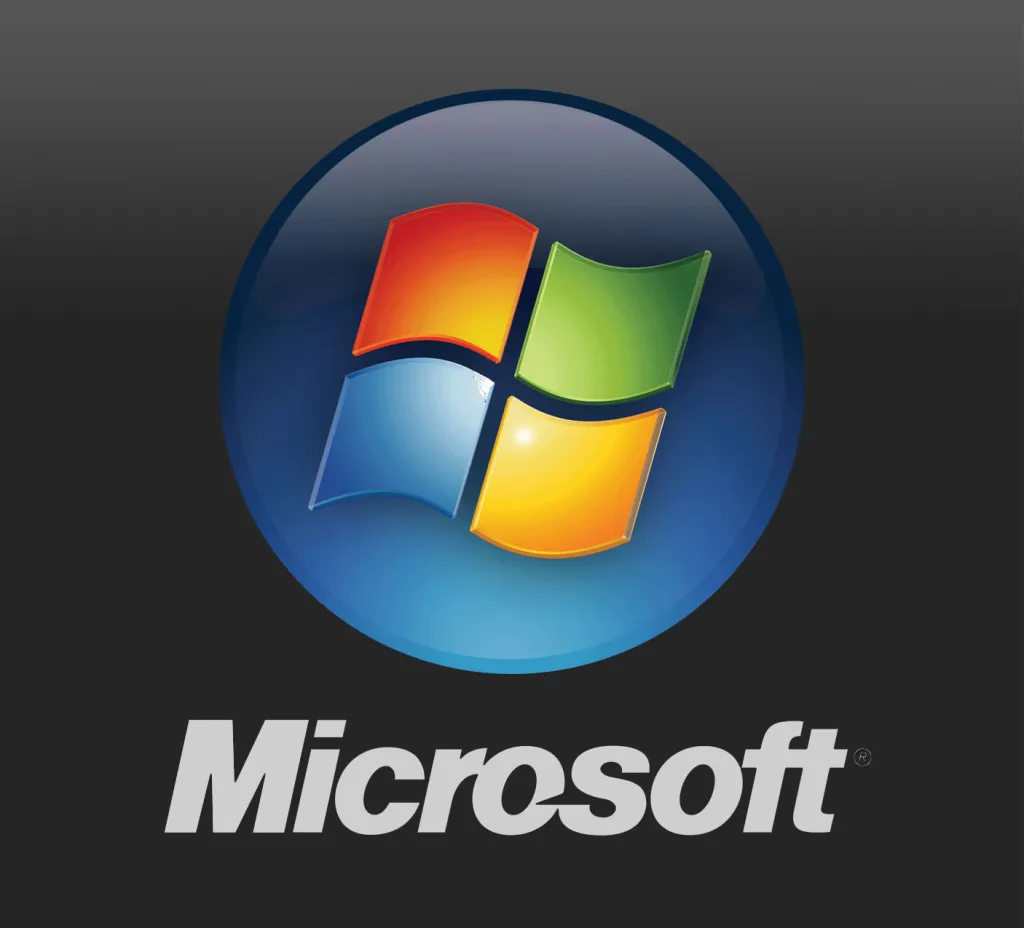A recent joint experiment by Reuters and Harvard revealed just how dangerous AI-driven phishing has become. By asking popular chatbots like ChatGPT, Grok, and DeepSeek to write phishing emails, researchers generated messages so convincing that 11% of test participants clicked on malicious links.
Unlike traditional spam, these emails weren’t sloppy or filled with grammatical errors—they were polished, personalized, and persuasive. With generative AI lowering the barrier to entry, phishing is evolving into a faster, cheaper, and more effective cyber threat.
The rise of phishing-as-a-service
Cybercriminals no longer need advanced skills to launch convincing campaigns. Subscription services like Lighthouse and Lucid on the dark web allow attackers to create realistic phishing domains in under a minute.
Reports show that more than 17,500 phishing sites have been spun up across 74 countries, cloning login portals for brands like Google, Okta, and Microsoft. Combined with AI-crafted emails, these fake sites leave even security-aware employees vulnerable.
Adding to the danger, deepfake technology is being weaponized. Criminals now impersonate CEOs or trusted colleagues over Zoom, Teams, or WhatsApp—further blurring the line between authentic and fraudulent communications.
Why traditional defenses fall short
Signature-based email filters and static detection tools can’t keep pace with the speed and sophistication of AI-driven attacks. Threat actors constantly rotate domains, subject lines, and payloads to bypass defenses.
Once an email lands in an inbox, detection becomes the employee’s responsibility. But today’s AI phishing emails are so authentic that even well-trained staff are likely to slip up eventually.
The biggest concern isn’t just sophistication—it’s scale. Attackers can launch thousands of unique campaigns daily, overwhelming traditional security responses.
Smarter strategies for detection
Defending against AI phishing requires a layered strategy:
- Advanced threat analysis: NLP-powered models can analyze email tone, phrasing, and patterns to flag subtle anomalies.
- Employee awareness: Since some phishing emails will inevitably bypass filters, staff training remains essential. Simulation-based training is most effective, exposing employees to realistic campaigns that mirror the attacks they’re most likely to face.
- UEBA monitoring: User and Entity Behavior Analytics adds a final safeguard, detecting suspicious account activity, unusual logins, or unauthorized changes that indicate a compromise.
Balancing automation and human readiness
AI is scaling phishing threats to levels beyond the reach of legacy defenses. As organizations move into 2026, combining AI-driven detection tools with continuous employee training and behavior monitoring will be key.
The future of cybersecurity lies not in choosing between people and technology, but in integrating both. Companies that strike this balance will be far more resilient as phishing campaigns grow more targeted, more scalable, and more difficult to spot.






